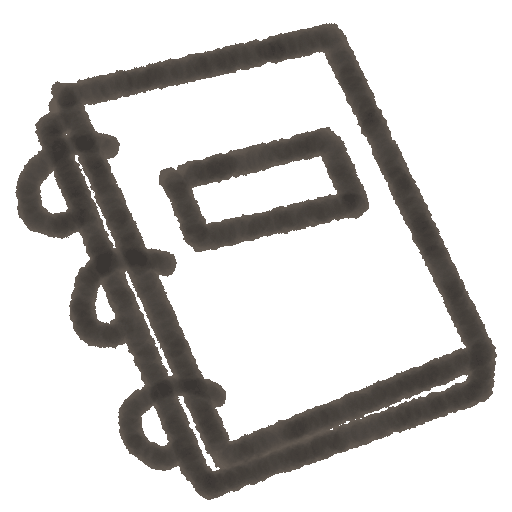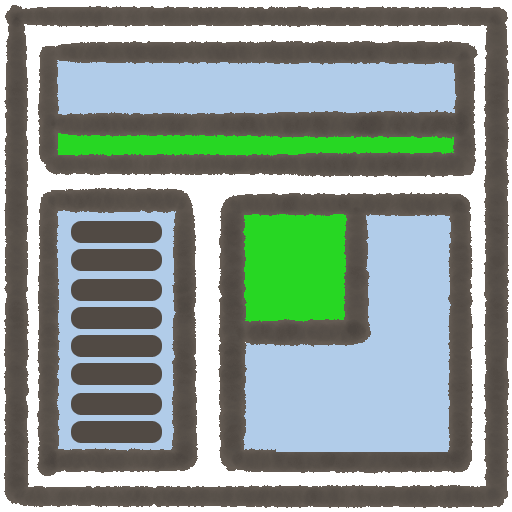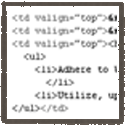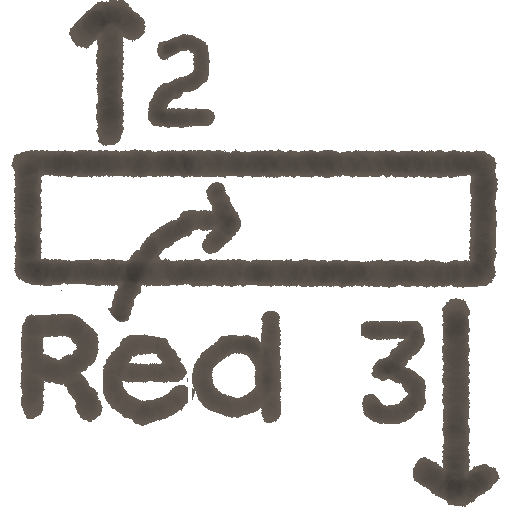CHUBB User Experience (UX) Deliverables
The below list contains a key deliverables throughout the User Experience process.
| Stage 1 |
 |
|
Review Business (Stakeholder) Requirements
A
stakeholder meeting is a strategic way to do all of the following from a business perspective:
- Gain an initial understanding of your users and their needs
- Find out about any existing customer research
- Understand your business objectives
- Learn about the proposed strategy and plans for the new application
- Ensure that all factors related to use of the system are identified before design starts
- Brings together all the people relevant to the development, to create a common vision
|
 |
|
Target Audience Document
Blackwell will provide a document to help Chubb's team identify each the needs or each person who will be using the system. The goal is to identify key users groups and discover the following:
- What the site needs to do so they achieve your business goals
- Their goals, needs, behavior, attitudes and motivations
- What kind of functionality they'd realistically use
- Exactly how they go about completing key tasks on the website
Process:
- Create Template
- Deliver to Chubb
- Chubb will interview users
- Chubb will populate document
- Blackwell's User experience designer will review document
|
 |
|
Create Wireframes
A
wireframe is a skeletal (black and white) rendering of every click-through possibility on
your site - a text-only "action," "decision" or "experience" model. Its
purpose is to maintain the flow of your specific logical and business
functions by identifying all the entry and exit points your users will
experience on every page of your site. The goal is to ensure your needs
and the needs of your visitors will be met effectively in the resulting
application.
Process:
- Create wireframes for first 4 sections identified in project plan (view wireframe example)
- General Bond Processing
- New Bond Processing
- Bond Renewal Wireframes
- Cancellation and Changes
- Review with development team
- Revise
- Test with users (at least 3-5 users)
Usability testing involves watching actual users use your
application. The results of the analysis are a huge eye-opener and
their implementation often leads to a greatly improved understanding of your customers' needs and thus more user satisfaction
- Pre Test Planning
- Recruit Users
- Conduct Usability Test
- Post-test Analysis
- Revise
- Finalize
|
| Stage 2 |
 |
|
Visual Design
The
overall visual and aesthetic design of the user interface. This is
created after the wireframes have been completed and after the creative
brief has been reviewed.
Process:
- Visual Design Meetings - Review Creative Brief (view sample create brief)
- Create Design
for 1 page which will server as the model for all other pages
(view landing page example)
- Review #1 with client (2 major revisions included)
- Revise
- Review #2 with client
- Revise
- Signoff
|
 |
|
HTML Prototyping
- Code approved visual Design into HTML/CSS
- Adhere to Web Standards
- Add each unique page to an online catalog (Style Guide)
- Utilize, update, and maintain Style Guide
- Migrate existing approved wireframes into Storyboards
(HTML/CSS static prototype)
- Create an HTML example for each unique looking page (these pages are listed and categorized and in a shared site which will become a Style Guide)
- Update and maintain the Style Guide
|
| Stage 3 |
 |
|
Continue to Review Requirements
- Review Stakeholder Requirements
- Review Target Audience Document
|
 |
|
Create Wireframes
Create wireframes for all of the other sections of the application.
Process:
- Homepage
- Create
- Review & Revise
- Sign-off
- TX Dividend
- Create
- Review & Revise
- Sign-off
- Surety Express
- Create
- Review & Revise
- Sign-off
- Power of Attorney
- Create
- Review & Revise
- Sign-off
- Fronting Desk
- Create
- Review & Revise
- Sign-off
|
 |
|
Style Guide
This will be an on-line catalog which defines a set of standards for identity,
design, and writing to promote clarity and consistency for all applications. This will increase the consistency between screens, reduce the development time, and enhance usability.
|
